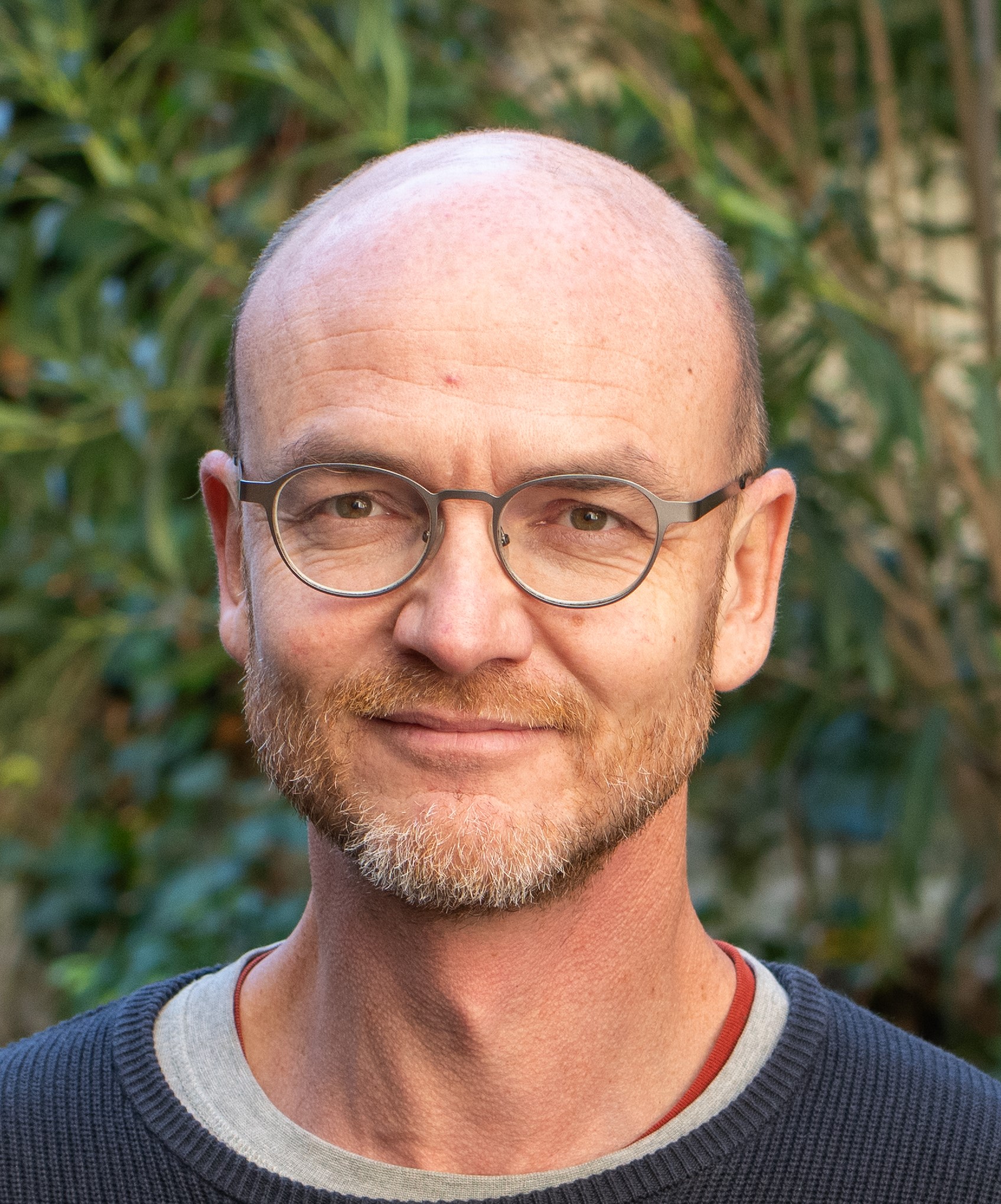Geoffroy Mathieu
Photographer

- Visual Arts
- Atlanta
“Geoffroy will walk the streets of Atlanta to create a photographic exploration, contrasting the fantasized ideal of a city stroll against the marginalized communities presented with the impracticality of traveling this vast metropolis without a car.”
My photography questions the way environmental and political issues are made tangible in the landscape. Alone, with a partner, or as part of a collective, I complete travel- or immersion-based projects to document shifting territories, in-between spaces, and objects and actions that reveal resistances in the ways in which places are used.
Whether commissioned by local authorities or cultural institutions, created on residencies, or stemming from personal initiatives, my photography series are all pursued as poetic investigations. The encounters with reality that give rise to the images are informed by rigorous documentary preparation. Using the mobility of photography, which simultaneously serves as fact and fiction, I build situated narratives.
In collaboration with associations, collectives, and researchers, I strive to disseminate images beyond the art world, aiming to lend them a place or form of use within public debate so that they can support causes and commitments engaged in caring for or mending our environments.
A graduate of the French Higher School of Photography (ENSP) in Arles, Geoffroy Mathieu lives and works in Marseille. He presents his works as publications (Actes Sud, Poursuite, Filigranes, Zoème, Wildproject, Building Books), solo or collective exhibitions, and, more recently, walked performances. In 2021, he took part in the fourth edition of Regards du Grand Paris (Ateliers Médicis and the French Centre for Visual Arts). The following year, he won the French National Library’s “Radioscopy of France” Major Photojournalism Commission. In 2023, he co-published a book with Jordi Ballestra, Anti-installation (published by Building Books), with the support of the French Center for Visual Arts (CNAP) publishing grant.
I want to get to know the landscapes of Atlanta through the bodies and figures of those who travel by foot because they do not own a car, because there is no public transport, or because sometimes in the city it is smarter to keep moving.
In fields as disparate as social science, space exploration, literature, and contemporary art, walking is presented as a tool of knowledge and an esthetic alternative, if not an act of resistance against the omnipotence of a world that holds speed and profitability as cardinal values. Purpose-built by capitalist society for carbon-based journeys, cities have all but eliminated options of traveling by foot. Their distances have become utterly infeasible to walk and their ergonomic design is ill-adapted to non-motorized transport. This phenomenon has reached its peak in the sprawling, globalized metropolises that are best epitomized in the cities of the United States.
The figure of the walker has ultimately been cancelled by a city that relegates those without cars to outcasts, vagabonds, or criminals. Fuel has supplanted muscle. Yet, for some people, walking is still the most economical, available, and reliable means of transport. Who are they? How do they walk? What places and communities do they link together? Which itineraries, passages, and landscapes do they walk through each day? What must they endure? What dangers do they face?
I would wager that my images will reveal these people as being part of the world, much less “separate” from it than the machine bodies that speed through the city. It will become clear that their tracks, facilities, and tricks are all signs of their natural affinity with their surroundings. I will walk, and they will guide me as I explore the breadth of the urban landscape. Our trajectories will converge to generate images that stand as lived narratives and city portraits.
Most of the United States’ population is suburban. This pattern of development, characterized by the endlessly spreading model of the detached house (particularly since the 1950s and 1960s), has manufactured a city where mobility is tied inevitably to cars. This reality is even more intense today. People from poorer backgrounds who do not have cars are prevented from traveling to the economic centers and hubs of employment, causing their situations to become increasingly unstable. This has been called the spatial mismatch.
Recent analysis has revealed a sharp rise in walkable places, born from a desire to improve soft mobility. This walkability of cities could become the new indicator of socioeconomic status that was once obtained through car ownership. While this walkable urbanism is not yet the dominant model, it heralds a societal change. Atlanta is part of this movement through the Beltline project, in particular, but remains at number 23 on the list of the country’s most walkable cities according to Walkscore. Moreover, many of its inhabitants do not walk for leisure as much as out of obligation. In light of its coexisting, varying realities, this exceptional sprawl seems an ideal choice for meeting walkers who can each reveal the city’s different facets, the exclusions created by urban morphology, and the individual and collective strategies being implemented there.
These people are for the most part African Americans in insecure economic situations. With this in mind, my residency will involve building links with networks in order to meet people who are forced to walk to work (or look for work), among others. To this end, I have already made contact with the Department of City Planning and AgLanta, who will guide me toward communities built around a network of urban farms.


